TORONTO, Canada: The idea of being bitten by a nearly toothless modern frog or salamander sounds laughable. However, their ancient ancestors had a full array of teeth, large fangs and thousands of tiny hooklike structures called denticles on the roofs of their mouths that would snare prey, according to new research by paleontologists at the University of Toronto Mississauga (UTM).
In the study, paleontology professor Robert Reisz and his research team at UTM explained that the presence of such an extensive field of teeth provides clues to how the intriguing feeding mechanism seen in modern amphibians was also likely used by their ancient ancestors. The researchers believe that the tooth-bearing plates were ideally suited for holding on to prey, such as insects or smaller tetrapods (four-limbed vertebrates), and may have facilitated a method of swallowing food via retraction of the eyeballs into the mouth, as some amphibians do today.
In many vertebrates, ranging from fish to early synapsids (ancestors of mammals), denticles are commonly found in dense concentrations on the bones of the hard palate. However, in one group of tetrapods, temnospondyls (which are thought to be the ancestors of modern amphibians), these denticles were also found on small, bony plates that filled the large soft part of the palate. The entire roof of the mouth was covered with literally thousands of these tiny teeth that they used to grab prey with. Since these toothy plates were suspended in soft tissue, they were often lost or scattered during fossilization.
Denticles are significantly smaller than the teeth around the margin of the mouth—to the order of dozens to several hundred microns in length. “They are actually true teeth, rather than just protrusions in the mouths of these tetrapods,” explained Reisz. “Denticles have all of the features of the large teeth that are found on the margin of the mouth. In examining tetrapod specimens dating back (approximately) 289 million years, we discovered that the denticles display essentially all of the main features that are considered to define teeth, including enamel and dentine, pulp cavity and peridontia,” he continued.
Reisz and his graduate students suggested that the next big question relates to evolutionary changes regarding the overall abundance of teeth: If these ancient amphibians had an astonishing number of teeth, why have most modern amphibians reduced or entirely lost their teeth?
The study, titled “Histological characterization of denticulate palatal plates in an Early Permian dissorophoid,” was published online in PeerJ, an open-access journal, on Aug. 22, 2017.
Tags:
CAMBRIDGE, UK: Scientists have recently found two primary teeth buried deep in a remote archaeological site in north-eastern Siberia. The discovery has ...
MONTPELLIER, France: A new species of prehistoric murine—the group of mammals that includes mice, rats and their relatives—has been identified from ...
BRISTOL, UK: The importance of mother’s milk to an infant’s development is now well established. In a recent study, researchers analysed the fossilised ...
CAMBRIDGE, UK: Two new studies focusing on the evolutionary origin of teeth and of vertebra have provided further evidence of the human connection to marine...
LONDON, UK: Looking back in time through archaeology has revealed many insights to explain where Homo sapiens came from. By examining teeth, scientists have...
NEW YORK, U.S.: Many people enjoy a drink, and now researchers from the New York University (NYU) School of Medicine have identified that alcohol ...
YORK, UK: Perhaps unfairly, the teeth of Britons have developed an international reputation for being crooked and aesthetically subpar. Researchers have ...
DUNEDIN, New Zealand: Using teeth to gather data on ocean pollution might seem like an unlikely method—however, when the teeth involved are those of ...
CALGARY, Alberta, Canada: Researchers studying a 400-million-year-old bony fish from Estonia believe that they have found evidence for the origin of teeth. ...
DOHA, Qatar: A survey commissioned by the World Innovation Summit for Health (WISH) has found that healthcare systems in both developed and developing ...
Live webinar
Fri. 12 December 2025
1:00 pm EST (New York)
Live webinar
Fri. 12 December 2025
2:00 pm EST (New York)
Deepak Simkhada RDHT, BSc, MSc, PGCE, FSET, Cat Edney
Live webinar
Mon. 15 December 2025
5:30 am EST (New York)
Live webinar
Mon. 15 December 2025
2:00 pm EST (New York)
Dr. Andrew Ip, Przemek Seweryniak
Live webinar
Mon. 15 December 2025
5:00 pm EST (New York)
Live webinar
Wed. 17 December 2025
6:00 am EST (New York)
Dr. Piet Haers Oral and Maxillofacial Surgeon



 Austria / Österreich
Austria / Österreich
 Bosnia and Herzegovina / Босна и Херцеговина
Bosnia and Herzegovina / Босна и Херцеговина
 Bulgaria / България
Bulgaria / България
 Croatia / Hrvatska
Croatia / Hrvatska
 Czech Republic & Slovakia / Česká republika & Slovensko
Czech Republic & Slovakia / Česká republika & Slovensko
 France / France
France / France
 Germany / Deutschland
Germany / Deutschland
 Greece / ΕΛΛΑΔΑ
Greece / ΕΛΛΑΔΑ
 Hungary / Hungary
Hungary / Hungary
 Italy / Italia
Italy / Italia
 Netherlands / Nederland
Netherlands / Nederland
 Nordic / Nordic
Nordic / Nordic
 Poland / Polska
Poland / Polska
 Portugal / Portugal
Portugal / Portugal
 Romania & Moldova / România & Moldova
Romania & Moldova / România & Moldova
 Slovenia / Slovenija
Slovenia / Slovenija
 Serbia & Montenegro / Србија и Црна Гора
Serbia & Montenegro / Србија и Црна Гора
 Spain / España
Spain / España
 Switzerland / Schweiz
Switzerland / Schweiz
 Turkey / Türkiye
Turkey / Türkiye
 UK & Ireland / UK & Ireland
UK & Ireland / UK & Ireland
 Brazil / Brasil
Brazil / Brasil
 Canada / Canada
Canada / Canada
 Latin America / Latinoamérica
Latin America / Latinoamérica
 USA / USA
USA / USA
 China / 中国
China / 中国
 India / भारत गणराज्य
India / भारत गणराज्य
 Pakistan / Pākistān
Pakistan / Pākistān
 Vietnam / Việt Nam
Vietnam / Việt Nam
 ASEAN / ASEAN
ASEAN / ASEAN
 Israel / מְדִינַת יִשְׂרָאֵל
Israel / מְדִינַת יִשְׂרָאֵל
 Algeria, Morocco & Tunisia / الجزائر والمغرب وتونس
Algeria, Morocco & Tunisia / الجزائر والمغرب وتونس
 Middle East / Middle East
Middle East / Middle East


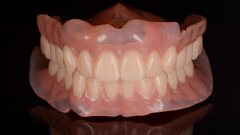




















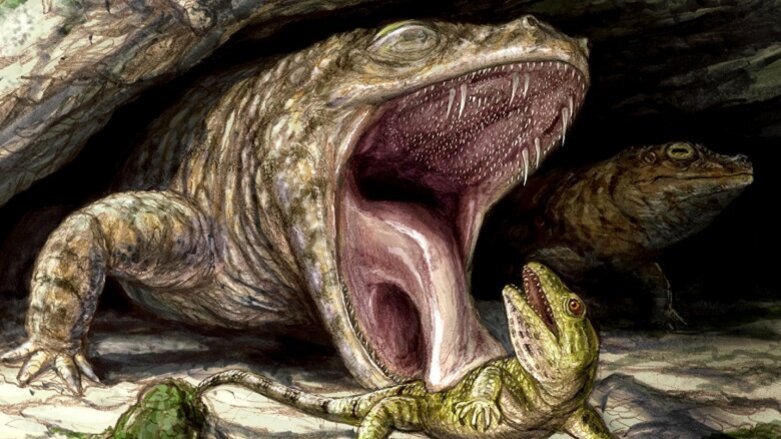




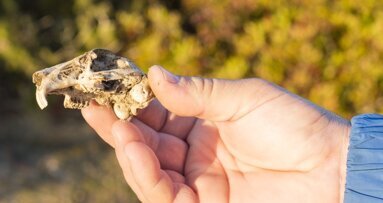
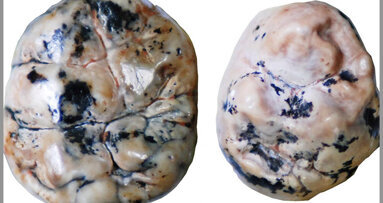
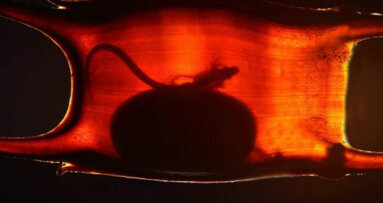
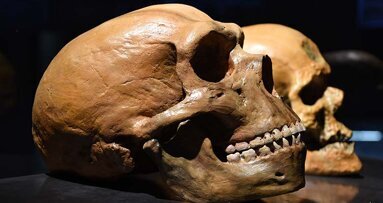


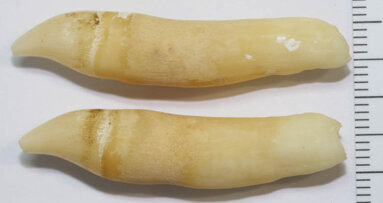
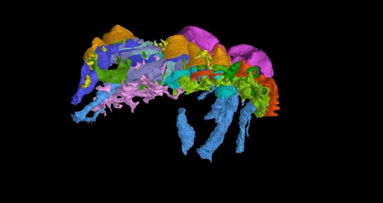









To post a reply please login or register